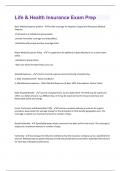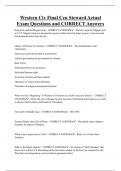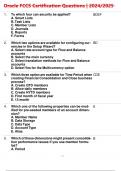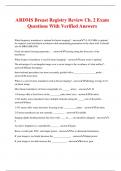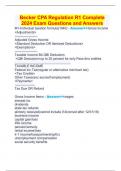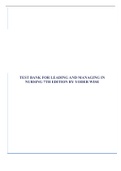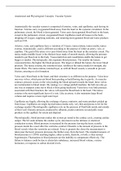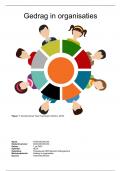Summary
Comprehensive Summary Psychopathology & Psychodiagnostics Test 2
- Module
- Institution
A very comprehensive Summary Psychopathology & Psychodiagnosstics Test 2, including: Davey: 6, 9, 10, 12, & 16 Luteijn & Barelds: 5, 6, 7, 8, 10, 11 Positive psychology: 2 & 3 Insomnia: 1, 3, & 4 Articles: somatic symptom disorder/ functional neurological disorder The highlighted part app...
[Show more]




